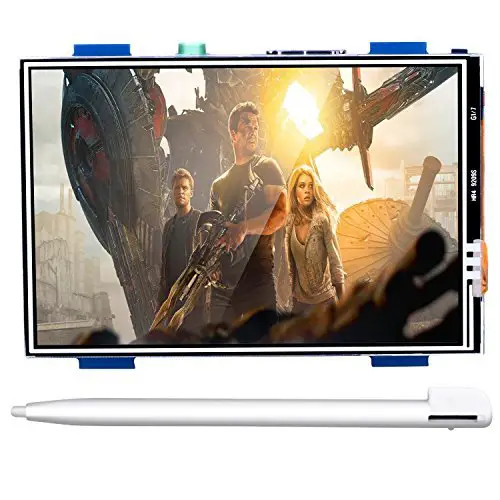; Date: Sat Sep 28 2019
Tags: Photography »»»» Infrared Photography »»»»
How do we discover the existence of invisible things? Some claim ghosts exist, but none of us can see them. Similarly infrared light cannot be seen by our eyes, but it is now known by scientists that visible light and infrared light are only a small part of a broad spectrum of "light" phenomena.
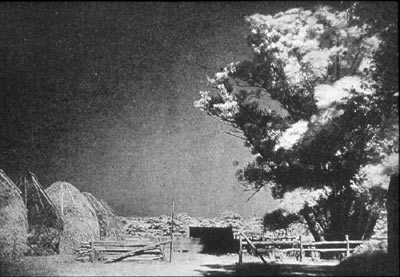
The discovery of infrared light
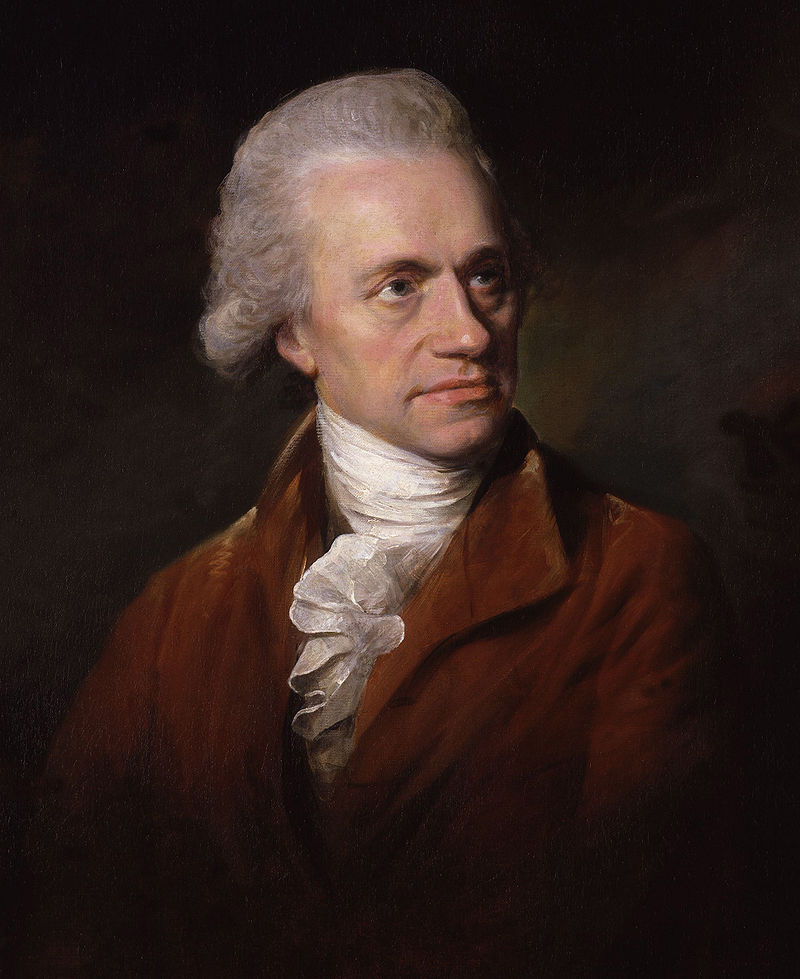
The existence of the infrared was discovered by the famous astronomer William Herschel. In 1800 he was measuring the temperature of light at different visible frequency bands. He did this by directing sunlight through a prism to separate the colors. Using a normal handheld thermometer he measured the heat at each color.
In an attempt to get a baseline measure of the ambient, he took a heat measurement just beyond where the red light shone. The "detector" consisted of liquid in a glass thermometer with a blackened bulb. With this he was able to measure the distribution of energy in sunlight. To his surprise the temperature there was even hotter than where the visible light shined.
This way Herschel verified there was a kind of light invisible to the naked eye.
It has since been discovered that over half of the total energy arriving from the Sun is in the infrared spectrum.
The first photographer to record infrared pictures
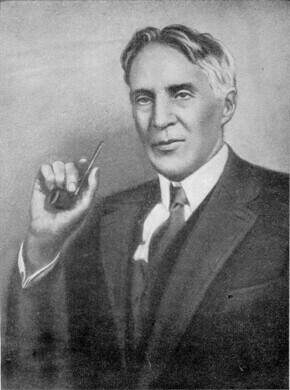
The first photographer credited with taking infrared photographs is Robert W. Wood. He was a physicist fascinated with the idea of invisible rays. As a result he became a pioneer of both infrared and ultraviolet photography.
This achievement required creation of film that is sensitive to infrared light. The earliest photographic film used a silver-halide emulsion that could not see the infrared. In 1910 Dr. Wood demonstrated infrared photography to the Royal Photographic Society. These pictures showed that chlorophyll reflected infrared strongly, while the blue of the sky appeared almost black, both of which are hallmarks of black and white infrared photographs.

Because of the long exposure required for his initial experimental films, over 10 minutes just for the exposure, Dr. Wood's photographs were of landscapes.
The technique also required a special barium-sodium-silicate glass incorporating about 9% oxidized nickel to eliminate all but infrared light. Today this is known as the "Woods Filter".
According to a
publication by MIT the technology had been used during World War 1 for secret communications. Other sources describe infrared photography from the air as useful to see through fog and smoke on the battlefield, and to see through attempts to camouflage military equipment.
Infrared films
By the 1930's infrared photography became popular thanks to infrared-sensitive films from many manufacturers.
False color infrared photography was made possible with Kodak Ektachrome Infrared Aero Film and Ektachrome Infrared EIR. One early use of this was to detect camouflage during the 1940's.
Artistic use of infrared photography
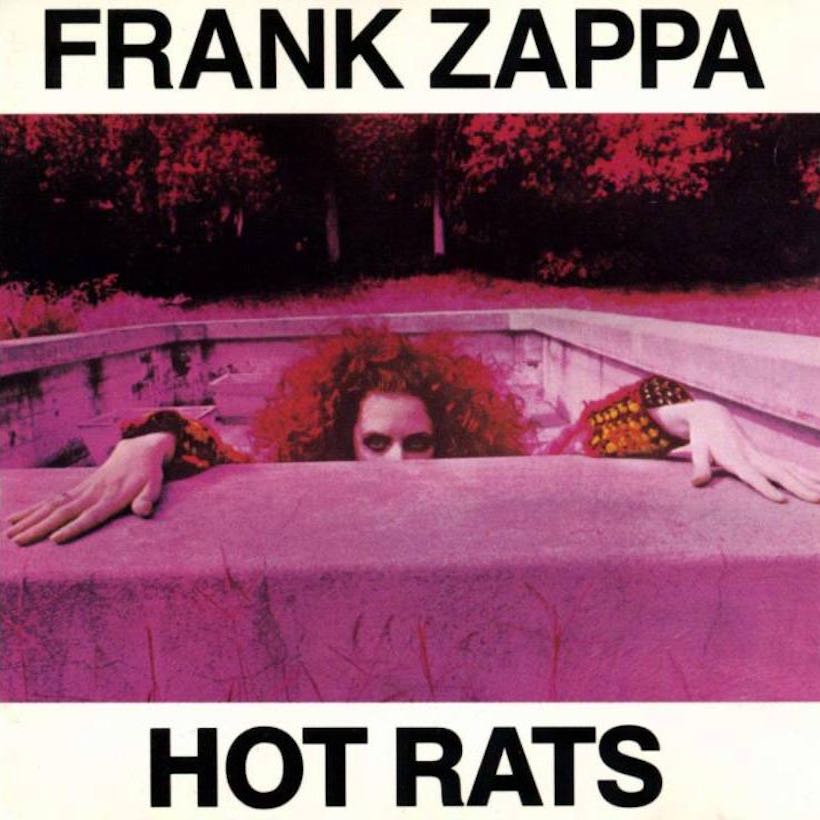
One area that helped popularize infrared photography were artists like Jimmi Hendrix and Frank Zappa who wanted the odd-ball colors to match their odd-ball music.
Milestones in the history of infrared detectors
This table comes from
History of infrared detectors by A. ROGALSKI, Institute of Applied Physics, Military University of Technology, 2 Kaliskiego Str.,
00–908 Warsaw, Poland
| Year | Discovery |
|---|---|
| 1800 | Discovery of the existence of thermal radiation in the invisible beyond the red by W. HERSCHEL |
| 1821 | Discovery of the thermoelectric effects using an antimony−copper pair by T.J. SEEBECK |
| 1830 | Thermal element for thermal radiation measurement by L. NOBILI |
| 1833 | Thermopile consisting of 10 in−line Sb−Bi thermal pairs by L. NOBILI and M. MELLONI |
| 1834 | Discovery of the PELTIER effect on a current−fed pair of two different conductors by J.C. PELTIER |
| 1835 | Formulation of the hypothesis that light and electromagnetic radiation are of the same nature by A.M. AMPERE |
| 1839 | Solar absorption spectrum of the atmosphere and the role of water vapour by M. MELLONI |
| 1840 | Discovery of the three atmospheric windows by J. HERSCHEL (son of W. HERSCHEL) |
| 1857 | Harmonization of the three thermoelectric effects (SEEBECK, PELTIER, THOMSON) by W. THOMSON (Lord KELVIN) |
| 1859 | Relationship between absorption and emission by G. KIRCHHOFF |
| 1864 | Theory of electromagnetic radiation by J.C. MAXWELL |
| 1873 | Discovery of photoconductive effect in selenium by W. SMITH |
| 1876 | Discovery of photovoltaic effect in selenium (photopiles) by W.G. ADAMS and A.E. DAY |
| 1879 | Empirical relationship between radiation intensity and temperature of a blackbody by J. STEFAN |
| 1880 | Study of absorption characteristics of the atmosphere through a Pt bolometer resistance by S.P. LANGLEY |
| 1883 | Study of transmission characteristics of IR−transparent materials by M. MELLONI |
| 1884 | Thermodynamic derivation of the STEFAN law by L. BOLTZMANN |
| 1887 | Observation of photoelectric effect in the ultraviolet by H. HERTZ |
| 1890 | J. ELSTER and H. GEITEL constructed a photoemissive detector consisted of an alkali−metal cathode |
| 1894, 1900 | Derivation of the wavelength relation of blackbody radiation by J.W. RAYEIGH and W. WIEN |
| 1900 | Discovery of quantum properties of light by M. PLANCK |
| 1903 | Temperature measurements of stars and planets using IR radiometry and spectrometry by W.W. COBLENTZ |
| 1905 | A. EINSTEIN established the theory of photoelectricity |
| 1911 | R. ROSLING made the first television image tube on the principle of cathode ray tubes constructed by F. Braun in 1897 |
| 1914 | Application of bolometers for the remote exploration of people and aircrafts ( a man at 200 m and a plane at 1000 m) |
| 1917 | T.W. CASE developed the first infrared photoconductor from substance composed of thallium and sulphur |
| 1923 | W. SCHOTTKY established the theory of dry rectifiers |
| 1925 | V.K. ZWORYKIN made a television image tube (kinescope) then between 1925 and 1933 |
| 1928 | Proposal of the idea of the electro−optical converter (including the multistage one) by G. HOLST, J.H. DE BOER, M.C. TEVES, and C.F. VEENEMANS |
| 1929 | L.R. KOHLER made a converter tube with a photocathode (Ag/O/Cs) sensitive in the near infrared |
| 1930 | IR direction finders based on PbS quantum detectors in the wavelength range 1.5–3.0 μm for military applications (GUDDEN, GÖRLICH and KUTSCHER), increased range in World War II to 30 km for ships and 7 km for tanks (3–5 μm) |
| 1934 | First IR image converter |
| 1939 | Development of the first IR display unit in the United States (Sniperscope, Snooperscope) |
| 1941 | R.S. OHL observed the photovoltaic effect shown by a p−n junction in a silicon |
| 1942 | G. EASTMAN (Kodak) offered the first film sensitive to the infrared |
| 1947 | Pneumatically acting, high−detectivity radiation detector by M.J.E. GOLAY |
| 1954 | First imaging cameras based on thermopiles (exposure time of 20 min per image) and on bolometers (4 min) |
| 1955 | Mass production start of IR seeker heads for IR guided rockets in the US (PbS and PbTe detectors, later InSb detectors for Sidewinder rockets) |
| 1957 | Discovery of HgCdTe ternary alloy as infrared detector material by W.D. LAWSON, S. NELSON, and A.S. YOUNG |
| 1961 | Discovery of extrinsic Ge:Hg and its application (linear array) in the first LWIR FLIR systems |
| 1965 | Mass production start of IR cameras for civil applications in Sweden (single−element sensors with optomechanical scanner: AGA Thermografiesystem 660) |
| 1970 | Discovery of charge−couple device (CCD) by W.S. BOYLE and G.E. SMITH |
| 1970 | Production start of IR sensor arrays (monolithic Si−arrays: R.A. SOREF 1968; IR−CCD: 1970; SCHOTTKY diode arrays: F.D. SHEPHERD and A.C. YANG 1973; IR−CMOS: 1980; SPRITE: T. ELIOTT 1981) |
| 1975 | Lunch of national programmes for making spatially high resolution observation systems in the infrared from multielement detectors integrated in a mini cooler (so−called first generation systems): common module (CM) in the United States, thermal imaging common module (TICM) in Great Britain, syteme modulaire termique (SMT) in France |
| 1975 | First In bump hybrid infrared focal plane array |
| 1977 | Discovery of the broken−gap type−II InAs/GaSb superlattices by G.A. SAI−HALASZ, R. TSU, and L. ESAKI |
| 1980 | Development and production of second generation systems [cameras fitted with hybrid HgCdTe(InSb)/Si(readout) FPAs]. |
| 1980 | First demonstration of two−colour back−to−back SWIR GaInAsP detector by J.C. CAMPBELL, A.G. DENTAI, T.P. LEE, and C.A. BURRUS |
| 1985 | Development and mass production of cameras fitted with Schottky diode FPAs (platinum silicide) |
| 1990 | Development and production of quantum well infrared photoconductor (QWIP) hybrid second generation systems |
| 1995 | Production start of IR cameras with uncooled FPAs (focal plane arrays; microbolometer−based and pyroelectric) |
| 2000 | Development and production of third generation infrared systems |



